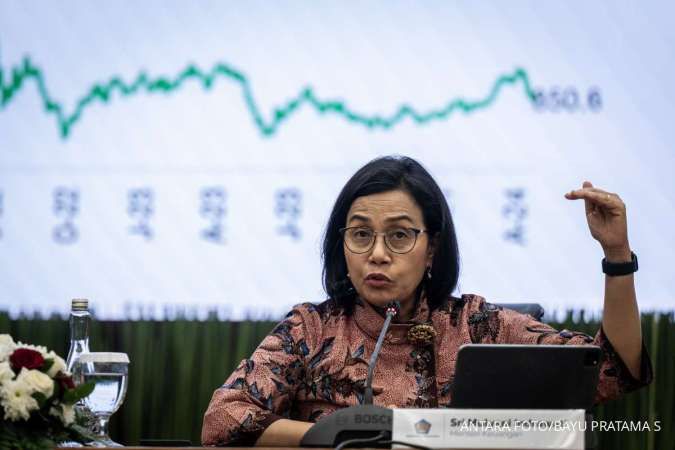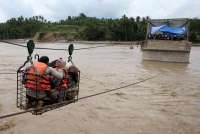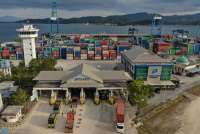The increase in community mobility has driven the growth of sectors supporting tourism. The transportation and accommodation sectors each grew by 8.7% and 9.4% YoY.
The flow of tourists, both domestic and foreign, is getting stronger as seen from the number of Indonesian tourist trips increasing by 15.7% YoY and the number of foreign tourist visits growing by 25.4% YoY. In addition, election activities, New Year holidays, and activities during Ramadan have stimulated the growth of these two sectors.
Spatially, the positive growth trend also occurred in all regions. Java Island, as the main contributor to the economy, grew relatively strong at 4.8% YoY. The increasing activities of the manufacturing and service sectors support economic growth in this region.
Meanwhile, the continued development of downstream natural resource industries is a major factor for the growth of the Sulawesi and Maluku-Papua regions, which grew by 6.4% and 12.2% YoY respectively.
Economic development in Kalimantan, including IKN development activities, also drove growth in the region, which was recorded at 6.2% YoY.
Solid economic growth has been able to drive national job creation. In February 2024, the number of people working was recorded at 142.18 million, an increase of 3.55 million compared to February 2023, which was 138.63 million.
The open unemployment rate (TPT) in February 2024 decreased significantly to 4.82%, from previously 5.32% in February 2023, and is already below the TPT period before the Covid-19 pandemic (February 2019: 5.01%).
The business fields that experienced the largest increase in labor absorption during February 2023-February 2024 were Accommodation & Eating and Drinking, Trade, and Government Administration, each increasing by 0.96 million people, 0.85 million people, and 0.76 million people.
The proportion of informal workers decreased from 60.12% in February 2023 to 59.17% in February 2024. This decrease in the proportion of informal workers provides a positive indication of the improvement in the quality of the national workforce, as more people gain access to formal jobs or have better job stability.
Going forward, there are several global risks that still need to be faced, including the uncertain direction of FED policy, escalating geopolitical tensions in various regions, and global supply chain disruptions that have not fully recovered.
As an anticipatory measure for these global dynamics, synergy and coordination with other authorities, especially monetary authorities and the financial sector, will continue to be strengthened to maintain national economic stability.
The government will continue to monitor and assess the potential impact of global dynamics on the domestic economy and fiscal conditions. The APBN will continue to be optimized as a shock absorber to maintain purchasing power.
/2024/04/26/644304113p.jpg)














